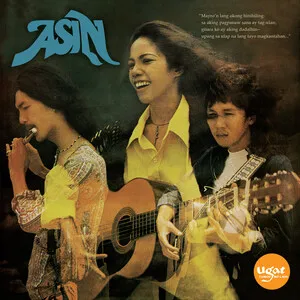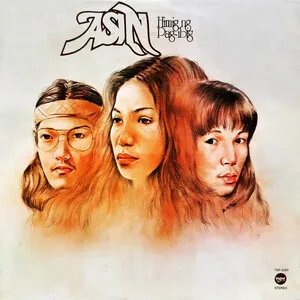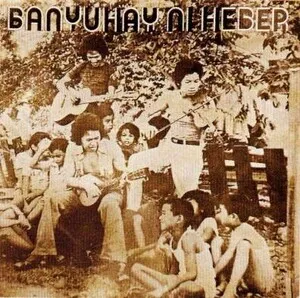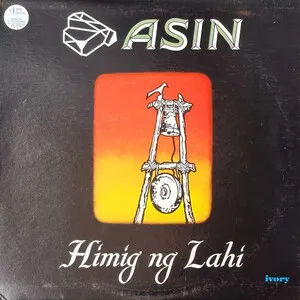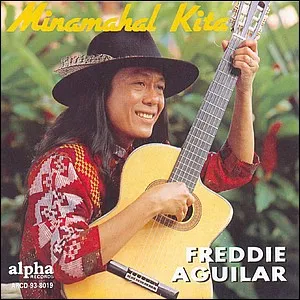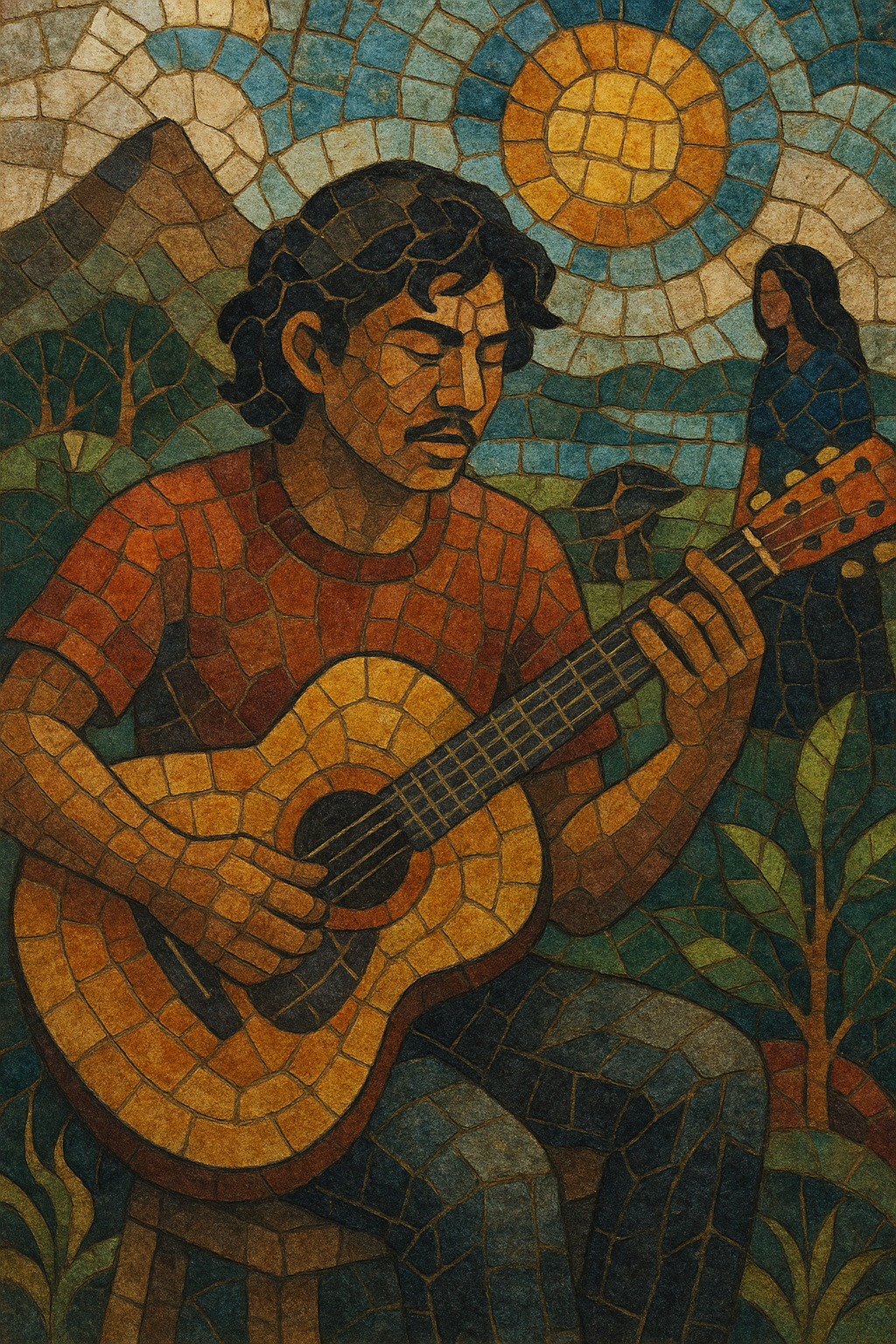
Pinoy folk rock is a Filipino fusion of Western folk rock with indigenous and popular Filipino musical idioms. It blends the storytelling and acoustic intimacy of folk with the rhythmic drive and band energy of rock.
Songs are typically written and sung in Filipino (Tagalog) and other Philippine languages, addressing social issues, national identity, love, and everyday life. Acoustic guitars, light percussion, and occasional Filipino instruments (e.g., banduria, kubing, hegalong, or kulintang colors) sit alongside bass, drums, and electric guitar.
The genre crystallized during the 1970s under Martial Law, when musicians used folk-derived melodies and protest-poetry lyricism with rock’s immediacy to reach wide audiences. Its sound ranges from tender ballads to anthemic protest songs and earthy, rootsy grooves.
Pinoy folk rock grew from the global folk-rock wave (Dylan, Simon & Garfunkel, and the broader singer‑songwriter movement) while drawing on Filipino poetic song traditions such as kundiman and harana. University folk clubs, coffeehouses, and campus cultural organizations in Manila (notably at UP Diliman) nurtured an acoustic protest-song culture that soon interfaced with small rock bands.
Under the Marcos dictatorship, artists used music as social commentary. Freddie Aguilar’s international hit “Anak” (1977) showed how a folk-rooted melody could resonate globally. Groups like Asin and Banyuhay ni Heber (Heber Bartolome) brought rural imagery, environmental themes, and indigenous textures into rock-band settings, turning grassroots narratives into radio staples.
As censorship ebbed and scenes professionalized, Pinoy folk rock solidified as a pillar of OPM (Original Pinoy Music). Songwriters such as Florante, Gary Granada, and Jess Santiago balanced pointed socio-political critique with memorable, singable choruses. Live circuits—from campus auditoriums to town fiestas—kept the idiom close to communities.
Artists like Joey Ayala and Cynthia Alexander broadened the palette by fusing folk rock with indigenous instruments, worldbeat, and alternative rock production. Noel Cabangon and groups like Buklod revitalized the acoustic, message‑driven side, connecting protest and personal reflection for a new generation.
Digital platforms, indie festivals, and regional scenes have sustained Pinoy folk rock’s storytelling ethos. While production can be sleeker and cross‑genre, the core remains: Filipino-language narratives, acoustic foundation, and a community-facing voice that bridges tradition and modernity.
Start with acoustic guitar (primary strumming and fingerpicking), bass, light drums/percussion (cajón, hand percussion, or a restrained drum kit), and optional electric guitar for texture. Add Filipino colors where suitable: banduria or rondalla ensemble lines, kubing (jaw harp) riffs, bamboo or indigenous percussions, or regional stringed instruments (e.g., hegalong).
Favor steady 4/4 folk strums (down–down-up-up–down-up) or gentle rock backbeats at moderate tempos (70–110 BPM). For rootsier feels, incorporate habanera-tinged patterns or folk dance pulses where contextually authentic. Keep dynamics organic—verses can be sparse; choruses should lift.
Use diatonic progressions common to folk and pop rock (I–V–vi–IV, I–vi–IV–V, ii–V–I). Minor keys support introspection and protest themes; modal inflections (Dorian or Mixolydian) add earthy color. Melodies should be singable, with memorable hooks and call‑and‑response options for live audiences.
Write in Filipino or regional languages to ground the narrative. Blend personal storytelling with social commentary: community life, identity, environment, labor, diaspora, and history. Keep imagery concrete and relatable; balance critique with empathy and hope.
Begin with voice + acoustic guitar, then layer bass, light drums, and harmonic pads (strings or sustained electric guitar). Use indigenous instruments as countermelodies or motivic hooks rather than mere ornament. Production should preserve warmth and clarity; avoid overcompression so the performance breathes.
Prioritize convincing vocal delivery and audience connection. Encourage sing‑alongs, simple choruses, and communal clapping patterns. In band contexts, leave space for short instrumental breaks featuring banduria lines or lyrical electric‑guitar fills.

